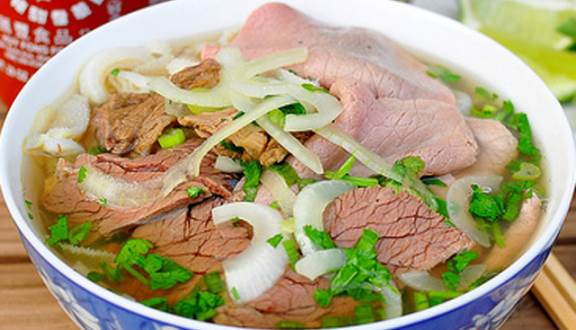

And that’s because of its umami flavor!īut if you can’t find anything, it’s not that big of a deal. You should be able to find something in any Asian food market because dried seafood is a common addition to many Asian soups, pastes, and sauces. You could also use other types of dried seafood like scallops and anchovies. This dried shrimp pictured above was from my local Asian food market. And that’s why dried shrimp is added too. One of the defining features, if not THE defining feature, of Hanoi pho is its savoriness. But the biggest difference here is that there’s NO sugar added. These are similar to the spices used in a Saigon-style pho with a few small exceptions. In brief, get about 6-7 pounds of a variety of beef bones, cover them with filtered water in a large stockpot, bring the water to a boil and skim the scum that rises to the surface.įor this recipe, I used some shallots in place of onions (which Nguyen recommended for more savory notes) and charred them (along with the ginger) via a high heat broil in my oven…įor the spices, that would be 1 cinnamon stick, a few whole cardamom pods (crushed to expose the seeds), 1 teaspoon fennel seeds, and 4-5 star anise. I don’t want to repeat myself verbatim from my last post (and Google doesn’t like it either) so please refer to the first two steps here. Get your beef broth going with a variety of beef bones Step 2.

The first two are identical to Saigon pho. There are 9 steps to make a Hanoi pho (see the full, printable recipe is at the bottom of this post). Let’s get started! Kitchen Tools You’ll Need I usually make it a few different ways with a few different twists, compare the results, share what I like and don’t like, and give you some options to make it how you like it. These stunners are made in the traditional way, with a broth that’s been slowly simmered for hours, the way they’ve been doing it for decades on the streets of Vietnam.Īs I always do when I learn a new recipe, I adapt it to suit my own tastes (and to what I can find in local food stores) without venturing too far from the original. But it’s her three recipes for what she calls the “old-school stunners” that inspired me to write this series. It’s written by Andrea Nguyen, a native of Vietnam, and she explores a wide variety of ways to make pho. I guess it’s kind of like how pizza should be all about, you know, pizza, and not stupid amounts of toppings.Īnd when the beef broth is made the old-school way, slowly simmered with charred ginger and onion and those classic pho spices, man does it develop some unbelievable flavor. There’s NO sriracha, NO hoisin sauce, and minimal garnishes. They also can easily overpower the flavor of the beef broth.īut with Hanoi pho, it’s ALL about the beef broth. They tend to give it a somewhat homogenized flavor because almost every restaurant uses these two brands. It’s delicious, of course, but my one criticism of Saigon pho is the ubiquitous use of Hoy-Fun brand sriracha (the one with the rooster on the bottle) and Lee Kum Kee brand hoisin sauce. It’s also accompanied with lots of herbs, bean sprouts, and lime wedges. Most of us in America are familiar with Saigon pho, which is sweetened with sugar and then served with sriracha and hoisin sauce for additional flavoring. Now, this is how pho is really supposed to taste! Hanoi Pho vs. Now I haven’t been to Vietnam (yet) but my first taste of Hanoi-style pho immediately made me think this…

They think it’s a simpler, purer form of pho. And that’s kind of how Hanoi pho enthusiasts look at pho.


 0 kommentar(er)
0 kommentar(er)
